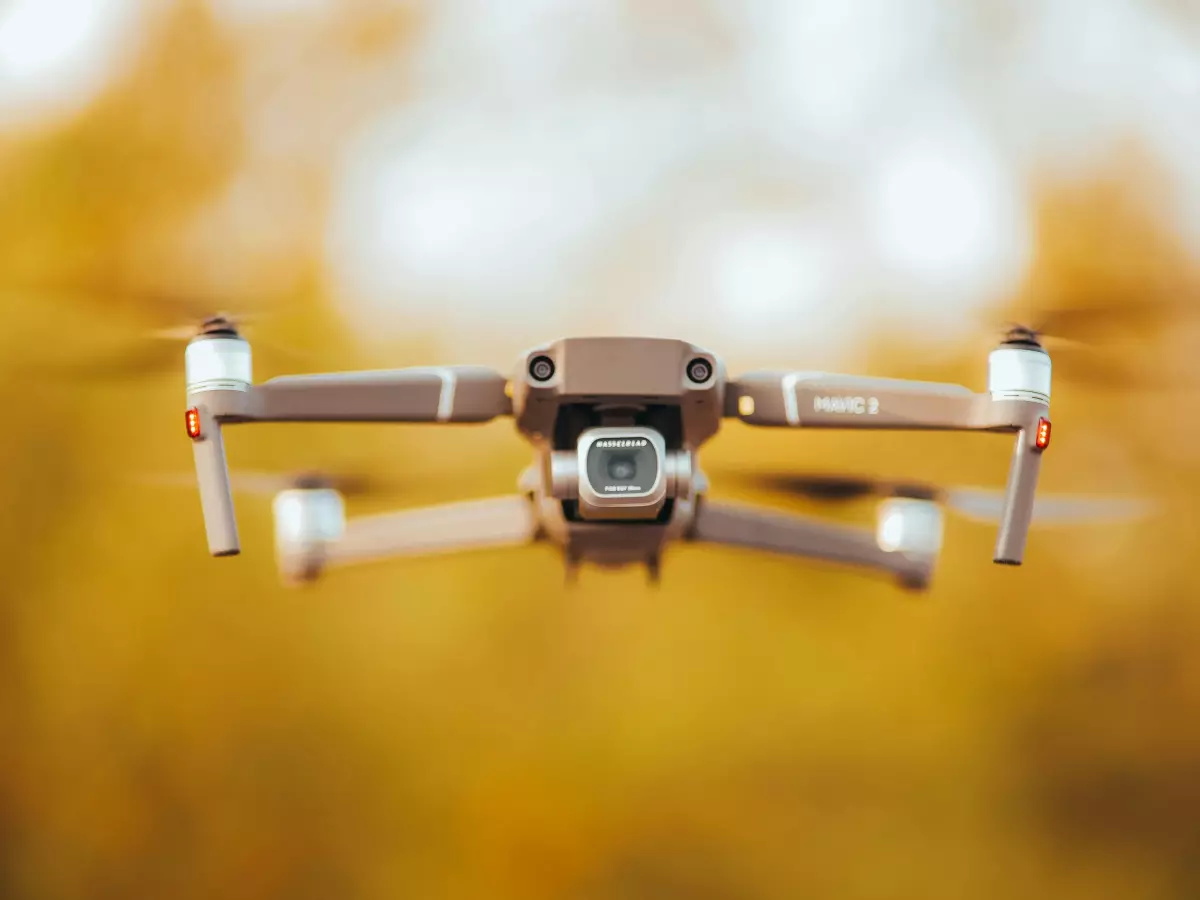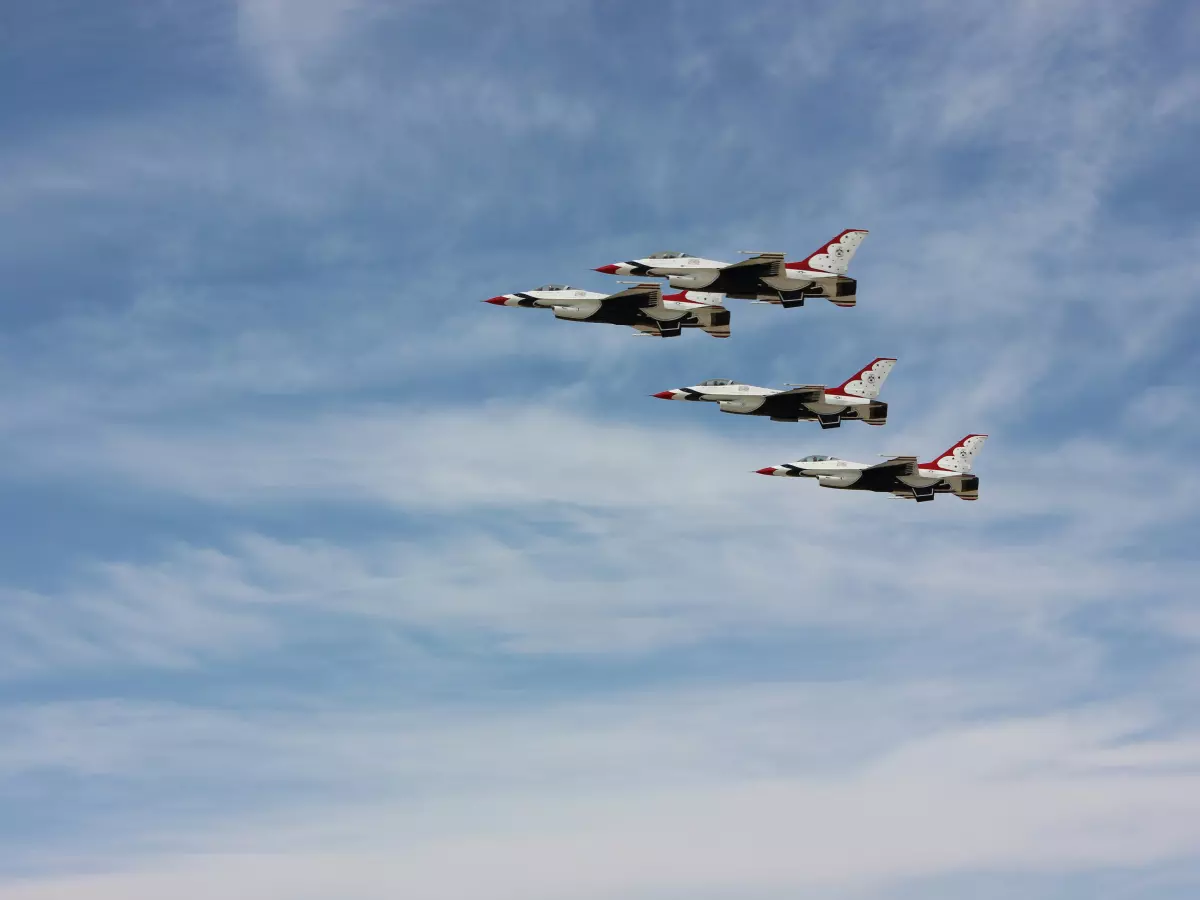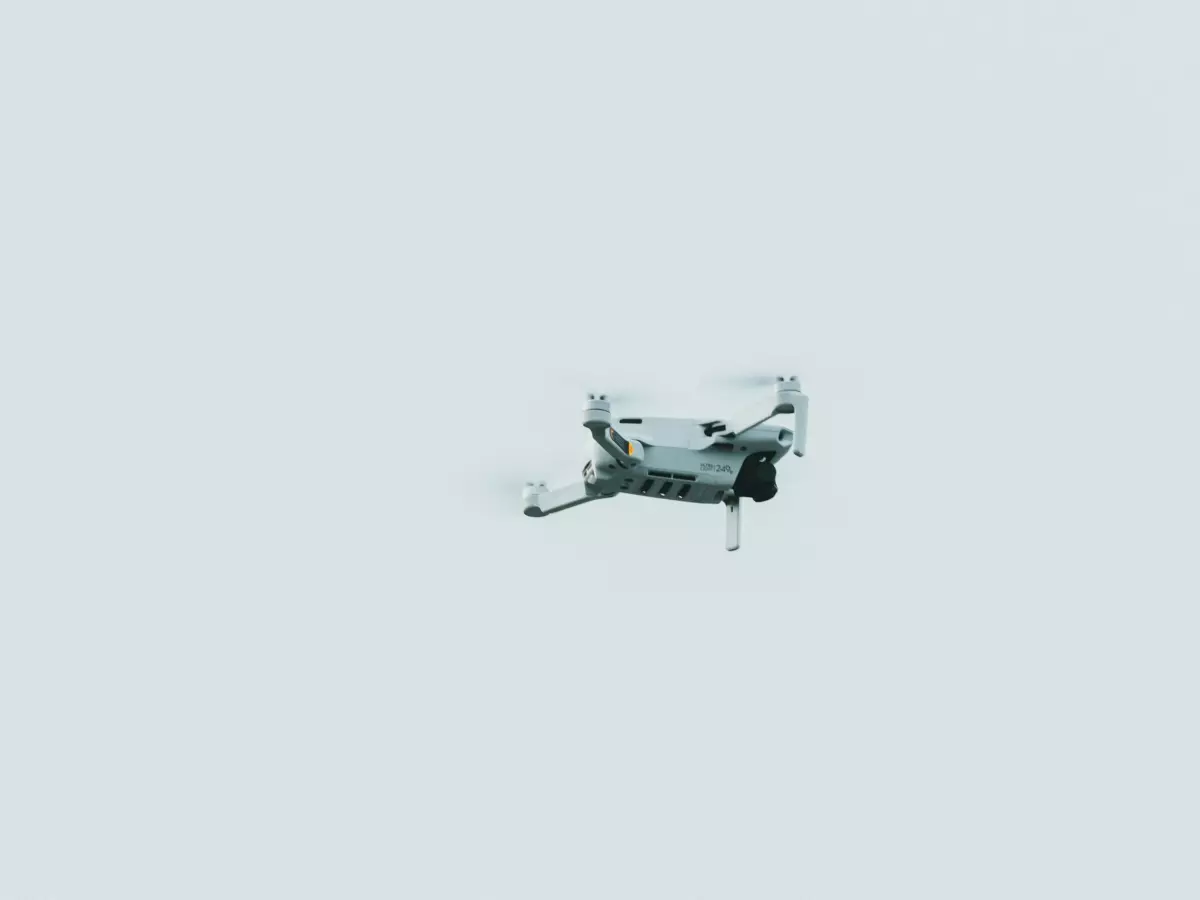Brains or Brawn?
Drones are getting smarter, but is it their brains (autonomy) or their brawn (flight control) that’s really driving the revolution? The answer might surprise you.

By Hiroshi Tanaka
When we talk about drones, we often get caught up in the flashiest part of the conversation: autonomy. The idea of a drone flying itself, making decisions on the fly (pun intended), and navigating complex environments without human intervention is undeniably cool. But here’s the kicker: autonomy isn’t the whole story. In fact, it’s only half the battle. The unsung hero in this tale? Flight control software.
Let me break it down for you. Autonomy is essentially the drone’s ability to make decisions based on its environment. It’s the brain. But without a solid flight control system—the brawn—those decisions would be pointless. The drone wouldn’t be able to execute them. Think of it like this: autonomy is the GPS telling you where to go, but flight control is the steering wheel, brakes, and accelerator. Without both working in harmony, you’re not going anywhere fast.
Flight Control: The Muscle Behind the Magic
Flight control software is the backbone of any drone system. It’s responsible for stabilizing the drone, controlling its speed, and making sure it doesn’t flip over mid-air. It’s the system that takes the raw data from the drone’s sensors—like accelerometers, gyroscopes, and GPS—and turns it into smooth, controlled flight. Without it, your drone would be a very expensive paperweight.
But here’s where it gets interesting: flight control software isn’t just about keeping the drone in the air. It’s also about precision. Modern flight control systems use advanced algorithms to make micro-adjustments in real-time, ensuring that the drone stays stable even in tricky conditions like high winds or sudden changes in altitude. This is where sensor fusion comes into play. By combining data from multiple sensors, the flight control system can create a more accurate picture of the drone’s environment, allowing it to make better decisions and fly more smoothly.
Autonomy: The Brain Power
Now, let’s talk about autonomy. This is where the real magic happens—or at least, where we like to think it does. Autonomy is what allows drones to fly themselves, avoid obstacles, and even make complex decisions like choosing the best route to a destination. It’s powered by a combination of AI, machine learning, and sensor fusion, and it’s what makes drones so exciting for industries like delivery, agriculture, and even search and rescue.
But here’s the thing: autonomy is only as good as the flight control system it’s built on. A drone can have the most advanced AI in the world, but if its flight control software can’t execute those decisions, it’s not going to get very far. It’s like having a genius-level chess player who can’t physically move the pieces on the board. Sure, they know what to do, but they can’t actually do it.
Finding the Balance
So, which is more important: flight control or autonomy? The truth is, you need both. Flight control software is what keeps the drone in the air and allows it to fly smoothly, while autonomy is what allows it to make decisions and navigate complex environments. It’s a delicate balance, and the best drones are the ones that manage to combine both systems seamlessly.
In fact, the future of drones is likely to be defined by how well these two systems work together. As flight control software becomes more advanced, it will allow drones to fly more precisely and handle more complex environments. Meanwhile, advances in autonomy will allow drones to make smarter decisions and operate in more dynamic situations. The real innovation will come from the intersection of these two technologies.
Why It Matters
So, why should you care about the balance between flight control and autonomy? Well, if you’re a drone enthusiast, understanding this balance can help you choose the right drone for your needs. If you’re into racing drones, for example, you’ll want a system with top-notch flight control software that can handle high speeds and tight turns. But if you’re more interested in autonomous drones for tasks like mapping or delivery, you’ll want a drone with advanced autonomy features that can navigate complex environments without much human intervention.
And if you’re a tech professional or developer, understanding the interplay between flight control and autonomy can help you design better drones. By focusing on how these systems work together, you can create drones that are not only smarter but also more reliable and efficient.
At the end of the day, it’s not about choosing between flight control and autonomy. It’s about finding the right balance between the two. And as drones continue to evolve, that balance is going to become even more important.





